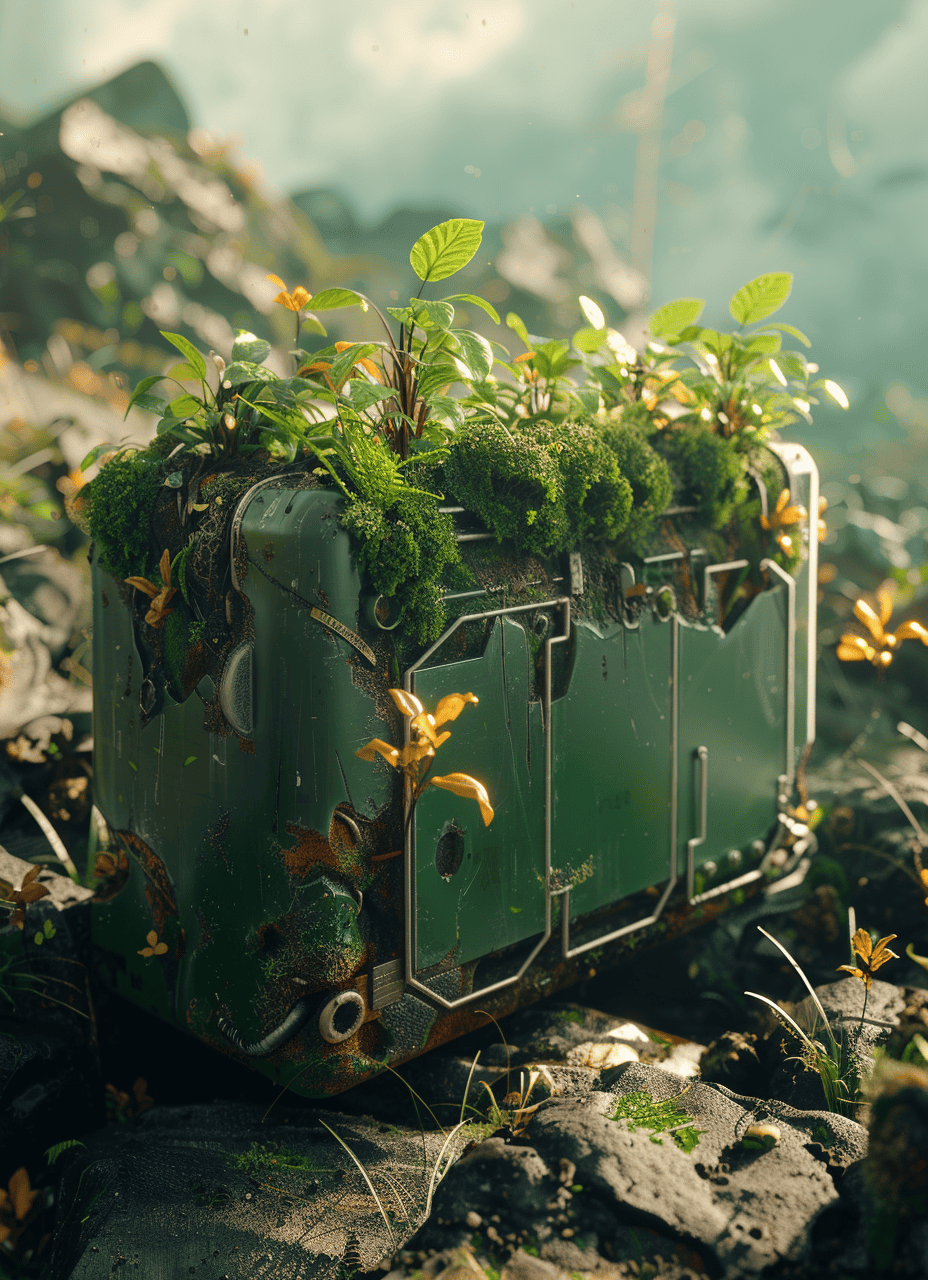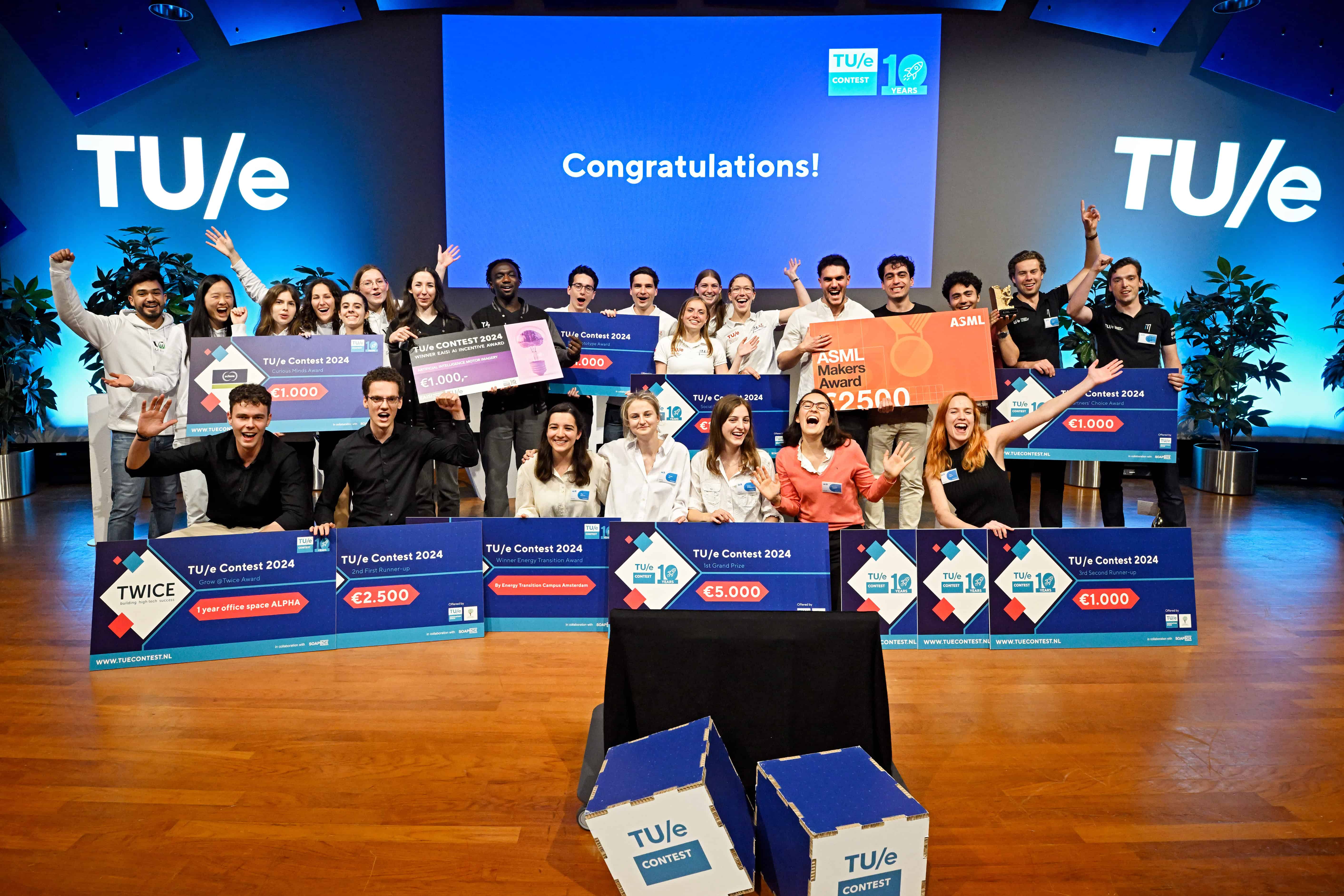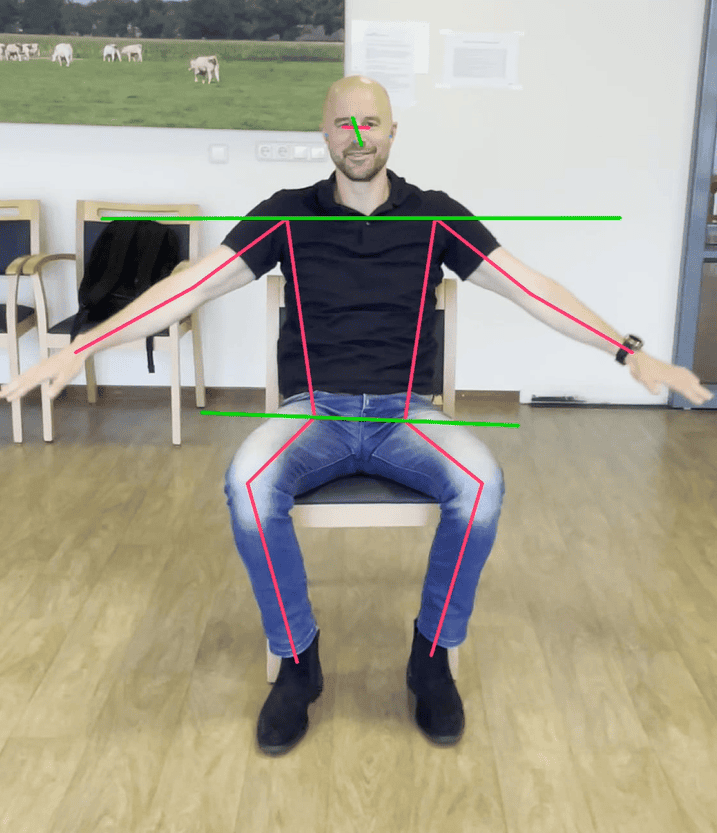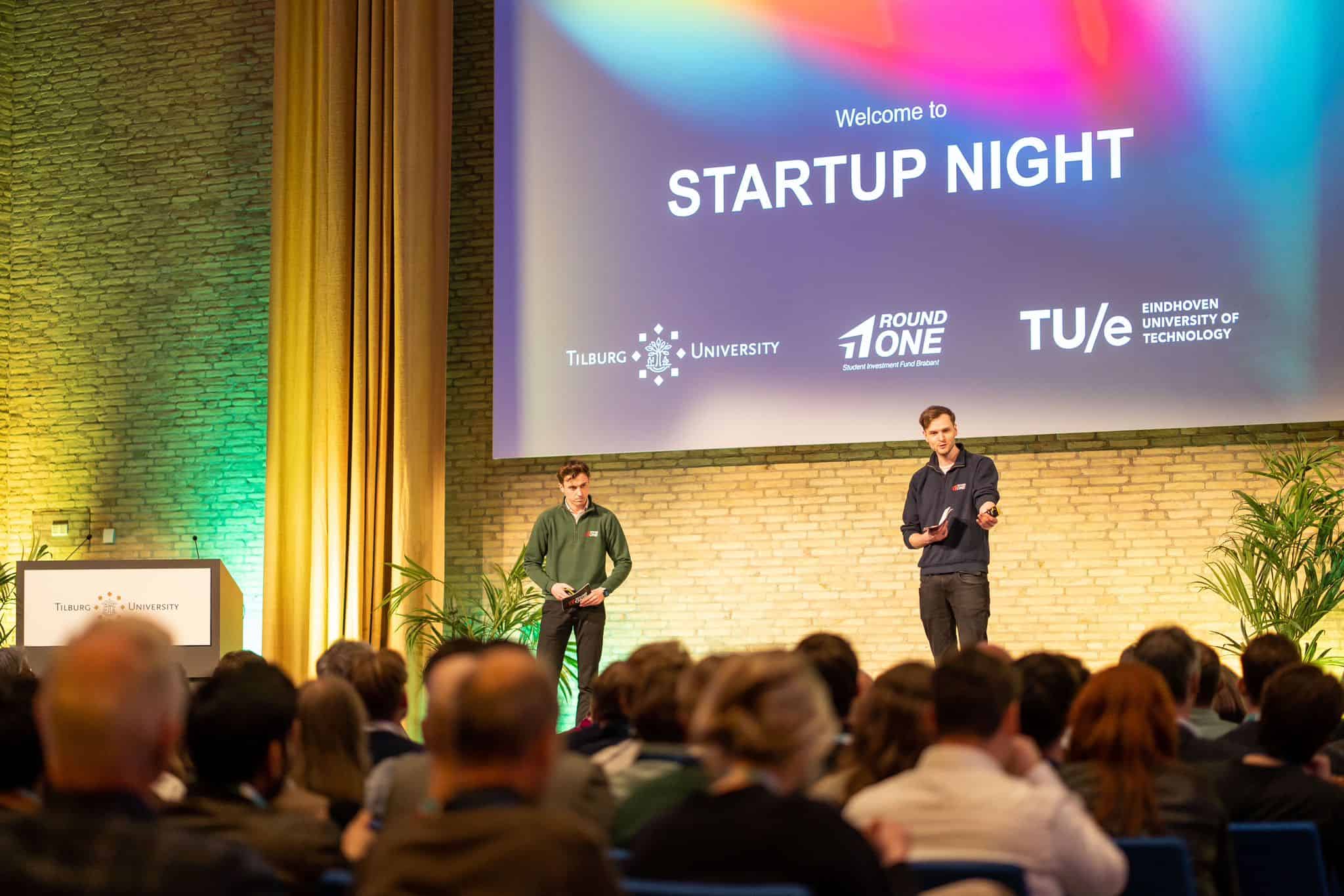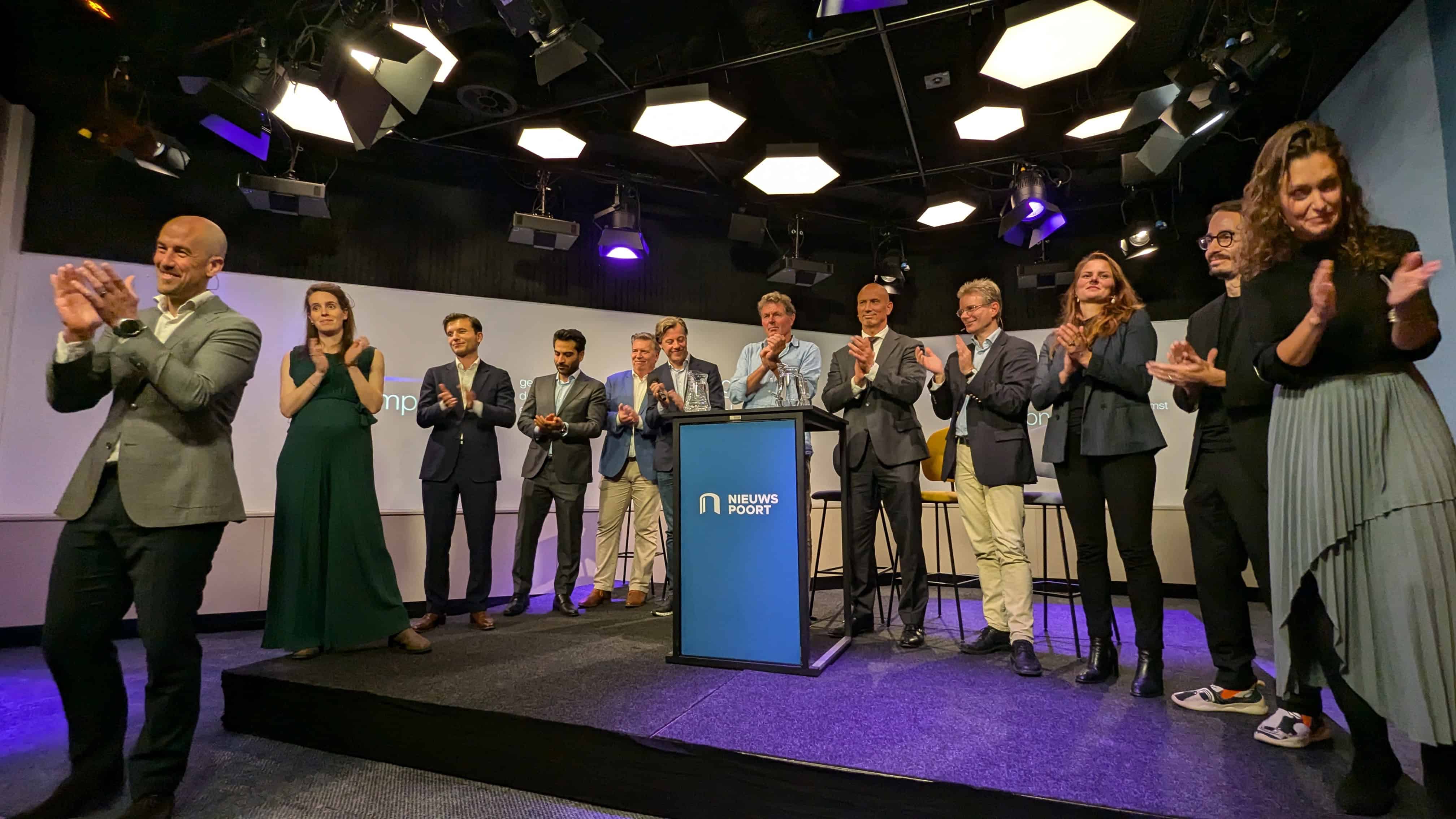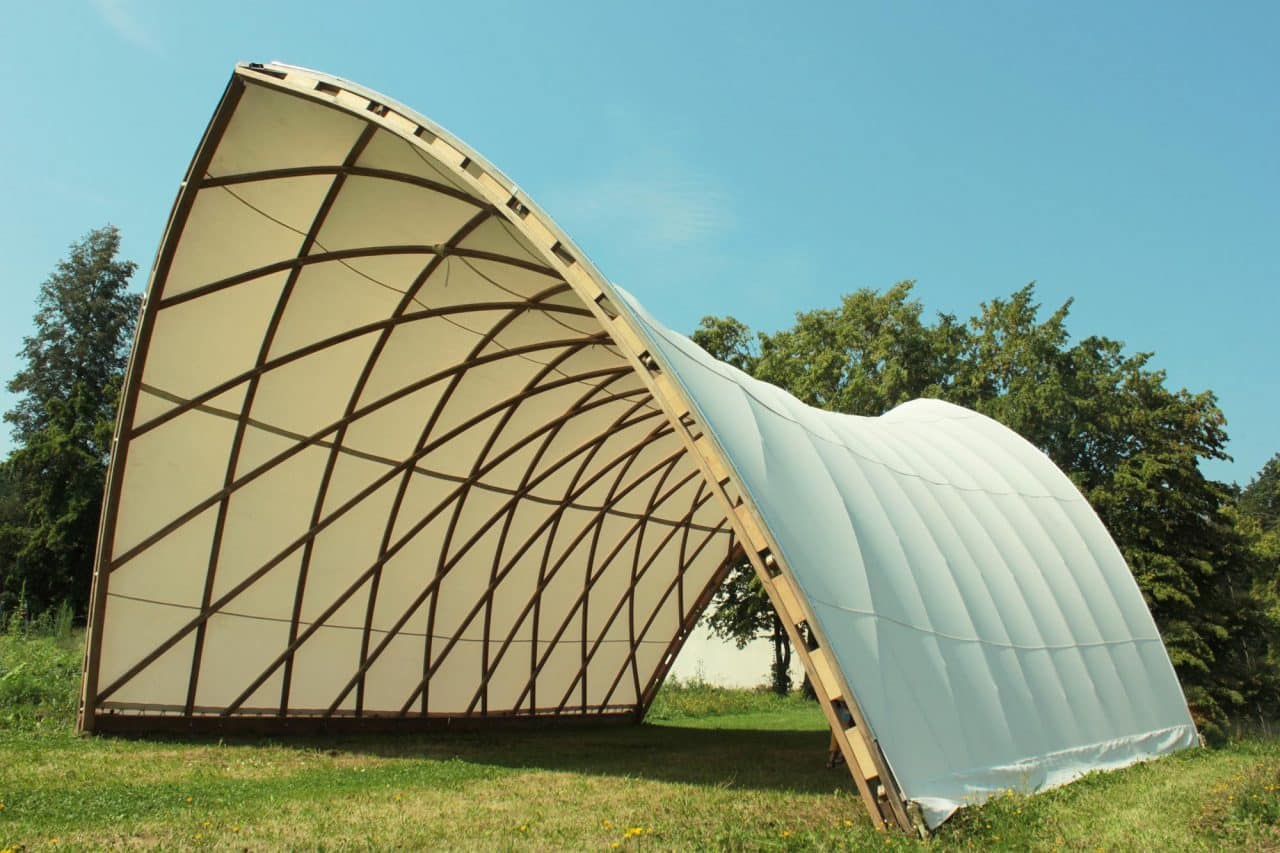
Two young architects have crossed the boundaries of our centuries-old architectural knowledge. Strohboid, as they call it (Strawboid in English), aims to make houses CO2-neutral and harmless to the environment and to humankind. The combination of traditional raw materials together with an innovative lightweight construction means that the concept is accessible to a wide range of people.
Maximilian Schade and Fritz Walter developed the Strohboid as part of their master’s thesis at Graz University of Technology. The prefabricated model uses 90% less energy than a conventional steel and concrete house. The design takes gravity and the position of the sun into account. The materials are utilized on the basis of their natural properties.
The architects work with natural raw materials such as straw, wood and clay, which all have various advantages:
- With this combination they are resistant to fire, wind and moisture, they optimize the indoor climate and they will last for centuries.
- They are available worldwide on a regional scale.
- They retain more CO2 in their organic mass than what is released during the construction and occupancy of conventional buildings.
From tiny house to Olympic Stadium
Strohboid is a free style system and can be applied to buildings of any size and diameter – from a tiny house to an Olympic Stadium. The structural frame consists of a wooden framework made of birch. This has similar properties to steel and is shaped when it is damp and warm using a traditional wood bending technique. The insulation layer consists of straw which has exceptional insulating properties and an excellent capacity for storing energy. It makes heating redundant and saves more CO2 than any other comparable material. The straw layer is plastered with clay. The silicon in the clay has the ability to clean and regulate the indoor air.
The very first product from Schade and Walter is a collapsible party tent that can be transported with a twelve-meter-long trailer. Conventional tents are constructed from an aluminium frame and a PVC tarpaulin. The party tent is made up of a wooden frame and a lyocell tarpaulin. Lyocell is a textile that is based on wood fibers. An Austrian patent has been filed for the tent. The start-up is now generating its first revenue with the rental of this tent. New products will be launched soon.
Interview with Max Schade:

What motivates you? What kind of problem do you solve?
At the moment, the construction sector is still extremely energy-intensive. Environmentally friendly construction is still a niche, but it is critical for a CO2-neutral future. Straw, wood and clay can be used to build buildings that store as much CO2 as conventional building methods emit. This is how we can effect an ecological shift in the construction sector. With a 20% reduction in CO2 emissions, a permanent conversion would save more energy than electric mobility would.
Why is that important?
Our product is CO2-neutral and has no chemical compounds. This avoids a depletion of building materials and the associated sick building syndrome. The tent has more of an atmosphere, a better indoor climate and functions autonomously. We combine climate-neutral construction with an appealing design. The tent does not require any decoration in order for it to be effective.
What has been the main obstacle you have had to overcome? Was there a moment when you wanted to give up?
We have never wanted to give up. However, the phase where it was not yet clear whether the idea of the wooden grid structure would work was certainly the most difficult phase. It took three weeks to set up the first structure. So the key question was, how can it be assembled and transported quickly and easily? It was unclear for quite some time if it was even possible to assemble and disassemble it in the first place.
What have been the greatest moments so far? What accomplishments are you really proud of?
The most wonderful moment was to see how quickly a complex structure is able to be set up and dismantled. That was in 2018. The best moments in 2019 were the positive feedback from customers and seeing how well the tent was received by the visitors.
What can we expect from you in the coming year?
At present, we only supply tents. But we have already had concrete discussions with sales partners from Germany and Switzerland. Up until now, we have often had to travel long distances in order to find interested parties. However, that’s not exactly environmentally friendly in the long run. We also want to start work on our next project, the Strohboid Chalet. Construction has already been scheduled for next autumn. The model house will be built on the premises of our business angel, Barbara Ebner, where we will offer it as a vacation home and a minimalist living experience. It is a new structure that will be realized and prefabricated within one to two months.

Where do you want to be in five years time? – what is your ultimate goal?
In five years time we want to be selling our party tents to tent rental companies all over the world and be concentrating on the manufacture of these tents. Aside from our current party tents, which have a width of eight meters, we are also developing tents with a width of twenty meters for large scale events. Hopefully, our second product, the Strohboid Chalet, will undergo series production. We also want to realize larger construction projects with the same environmentally friendly construction system.
What makes your innovation better or different from the competition?
The party tent is ecological and made of natural materials. It fits in with future-oriented themes like CO2-neutral and ecological construction, has a perfect design and simply cannot be compared with conventional tents.
Interested in start-ups? Find more articles on this subject here.



